How much and how often do you consider the surface itself?
Often neglected in the art-making process is the surface that the art is created upon – in essence, the very foundation of your work. And like the foundation for a building, the foundation for your artwork is critical.
The tallest building in the world, Burj Khalifa in Dubai, measures 2,717 feet tall. (That’s over a half mile). It is truly an engineering marvel, a masterpiece of construction. But without its foundation, it would be the largest mass of rubble on the planet. The foundation for this structure is equally impressive. Deep into the earth, 164 feet down, 58,900 cubic feet of concrete supports the building. It took over a year to build the foundation alone.
Your art deserves the same attention to the foundation that it is built upon. It’s time to carefully consider the surface, so let’s take a look at your options and how they will affect the mark.
What is Paper Made Of?
Paper can be made out of a variety of materials. Papers are made by turning fibers into moldable pulp. Most commonly, these fibrous materials originate from timber (wood) or cotton. The pulp that is produced is molded together, most often pressed, and dried to produce the paper. The molding, pressing, and drying process all affect the finished surface.
Lower quality papers are typically made from wood pulp. Wood pulp is highly acidic and will degrade over time. Newsprint and lower quality drawing papers will fall into this category.
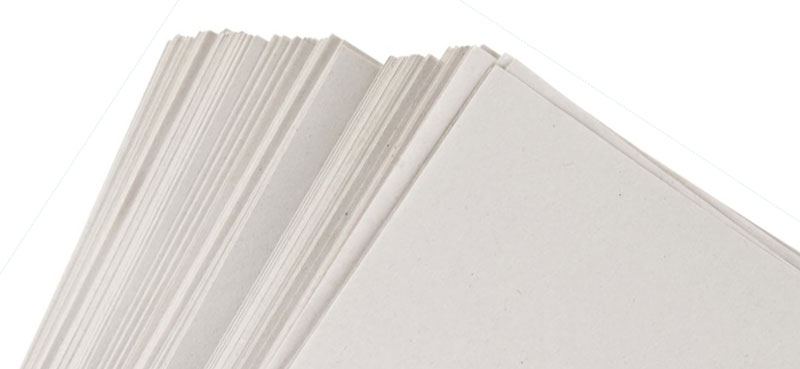
Higher quality papers are made entirely from cotton and/or linen fibers making them more resistant to chemical break-down over time. These papers are commonly referred to as “rag” paper. These papers are usually “hand-made” and feature a deckled edge along with an embossed watermark. Papers such as Arches and Stonehenge will fall into this category.
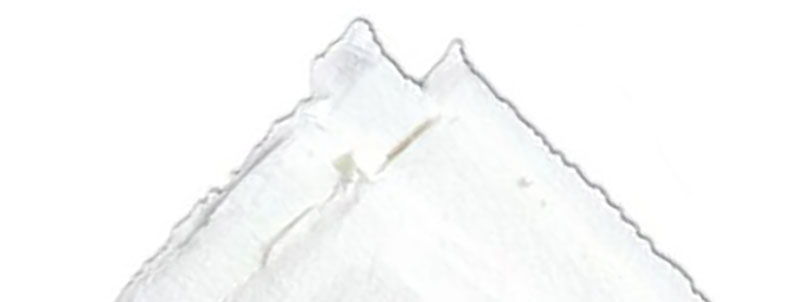
Many papers fall somewhere in-between and are made with a mixture of wood and “rag” fibers. Often, chemicals are added to the papers to slow or prevent pH changes over time. Many mid-priced papers fall into this category.
Acid Free Vs. Archival
Papers that are labeled “acid-free” means that they are acid neutral. Many papers are treated to make them “acid-free”. If the paper has been treated, it will wear off over time and the paper will begin to deteriorate (along with your art). Papers that have been treated will be labeled as “acid-free” but may be missing the “non-archival” mark up.
Archival papers are also acid-free but are by nature, non-acidic. An example of this would be “rag” papers that are less likely to break-down over time.
In the end, “archival” papers are best, “acid-free” papers are good, and the rest are best used for sketching.
Understanding Paper Weight
Drawing papers are designated by weight. This can be confusing if you don’t know why they have a weight designation. The weight gives the artist an idea of the thickness and stability of the paper. It is most commonly dictated according to pounds. The weight designation is the physical weight of a ream of paper, which is 500 sheets.
Logically, 500 sheets of heavy watercolor paper will weigh more than 500 sheets of thin tracing paper.
Example: Strathmore 300 Series tracing paper is 25 pounds, while Strathmore Cold press Watercolor Paper is 140 pounds.
Understanding “Tooth” or Paper Texture
All papers have a surface texture that influence the mark. This surface texture is commonly referred to as “tooth”. The tooth of the paper is produced according to the process that is used to create the paper. “Cold press”, “Hot press”, and “Rough” are designations assigned to watercolor papers. (Watercolor papers are not just for use with watercolor. Many artists prefer them for drawing as well.)
Coldpress Papers
Coldpress papers typically feature a coarse tooth. They are referred to as “Coldpress” because unheated cylinders are used to press the paper as it is manufactured. This results in small, irregular indentions in the surface of the paper.
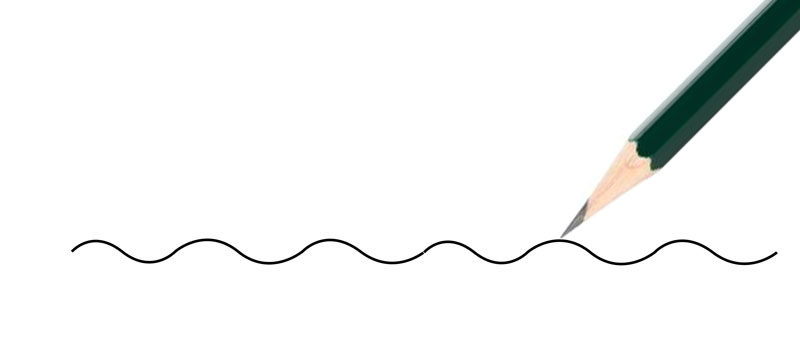
Cold press papers are typically preferred by watercolor artists, pastelists, or anyone looking to exploit the surface texture. Since Cold press papers have a heavy tooth, watercolor paints can easily be controlled. Pastels can be heavily applied and layered.

Hotpress Papers
Hotpress papers feature a smooth tooth. They are referred to as “Hotpress” because the cylinders that are used to press the paper during the manufacturing process are heated. The heat causes the paper to conform to the smooth mold producing a smooth surface.
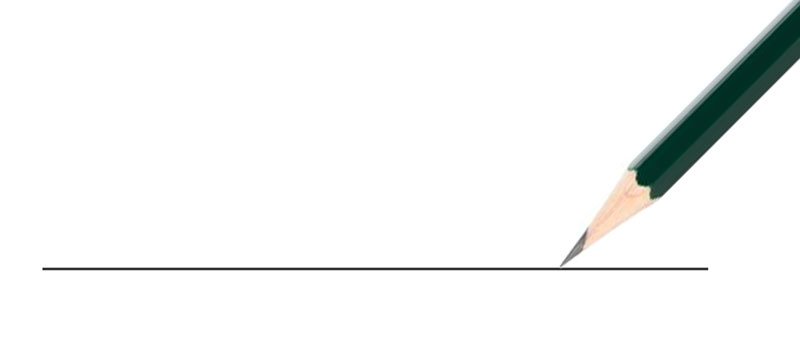
Hotpress papers are preferred by artists wishing to have control over precise marks, such as with pen and ink or detailed watercolor paintings.
Rough Papers
A third category of surface texture, conspicuously referred to as “Rough”, exists among paper types. Rough papers are not produced by cylindrical pressing, like Hotpress or Coldpress papers. Instead, they are flat-pressed mechanically or not pressed at all. The result is a very heavy tooth. Rough papers can stand up to multiple washes of watercolor or heavy applications of pastels.

Other Textures
Not all papers are designated as “Hot press”, “Cold press”, or “Rough”. Some papers are manufactured to purposely feature a regular textured pattern. (Cold press and Rough papers have an irregular pattern.) These papers are pressed by machine to create the pattern.
An example of paper that features a regular pattern is Canson Mi-Teintes paper. The dimples are equally spaced apart and are equal in depth.
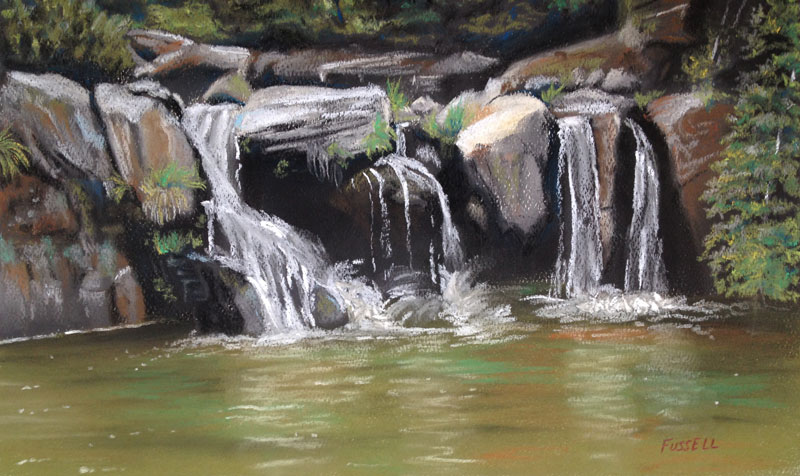
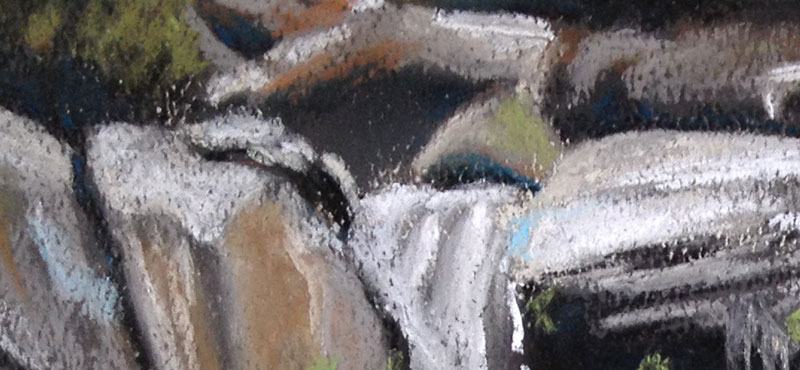
Laid Papers papers also feature a regular textural pattern. Instead of dimples, this paper features a linear pattern.
An example of paper that uses a laid pattern is Strathmore charcoal paper. (This paper is my preferred surface for House Portraits)
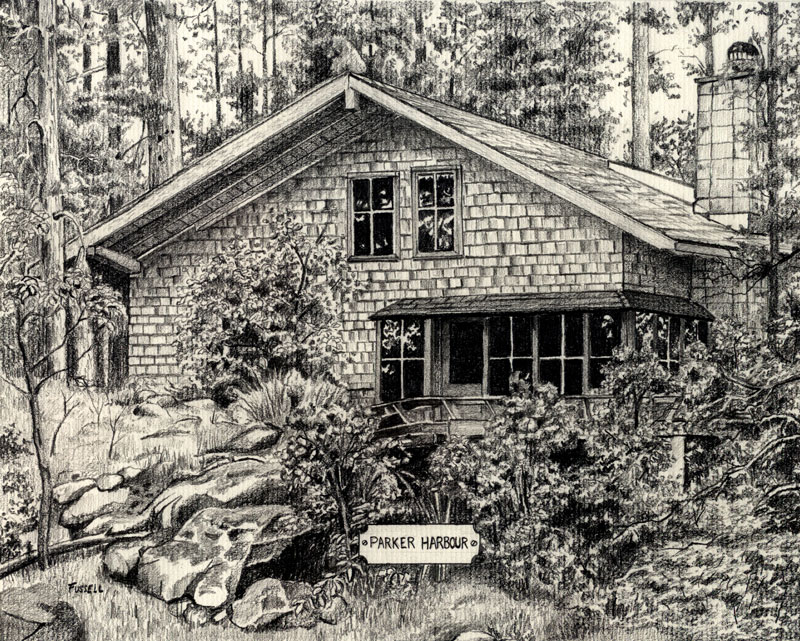
Upon close inspection, the laid pattern is clear…
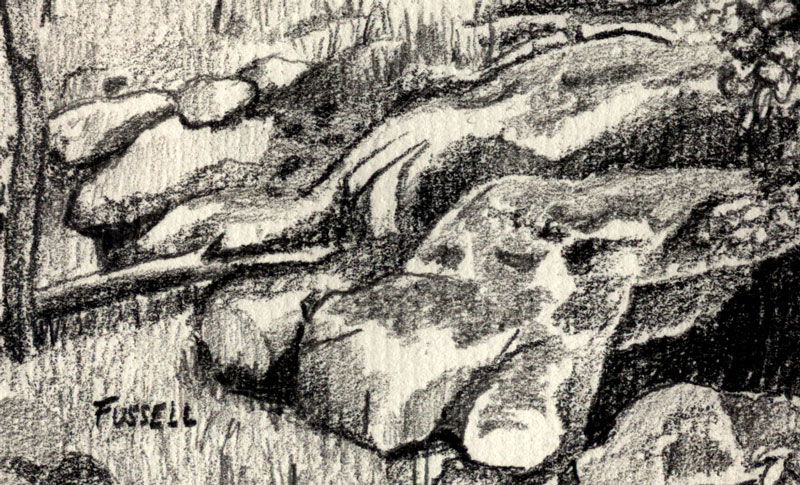
Bristol Board Textures
Bristol board or Bristol paper (named for the town in England) requires its own category for texture. Bristol board is a heavier paper, much like card stock. It is suitable for a variety of media and features two different types of “tooth”, both of which are fairly smooth.
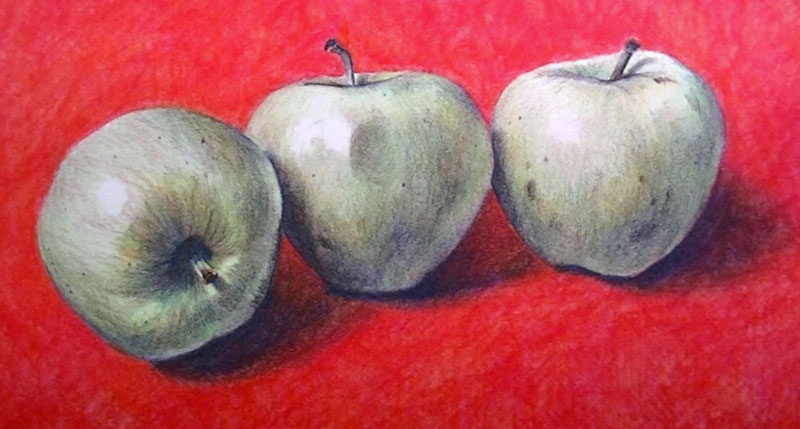
“Plate” surfaces are supper smooth and are best for use with pen and ink applications. “Vellum” surfaces feature a weak tooth, but are still quite smooth. The weak tooth, however is still present and is best for use with graphite, charcoal, or colored pencils.
Illustration Board
Illustration board is manufactured as “Cold press” or “Hot press” like watercolor paper. Cold press illustration board is slightly textured. The tooth of cold press illustration board is very similar to that of Vellum Bristol Board. Hot press illustration board is very smooth with an almost waxy surface.
Illustration board differs from Bristol board in rigidity. Only one side of illustration board is suitable for marks, unlike Bristol board. The backside features a heavy board for support.
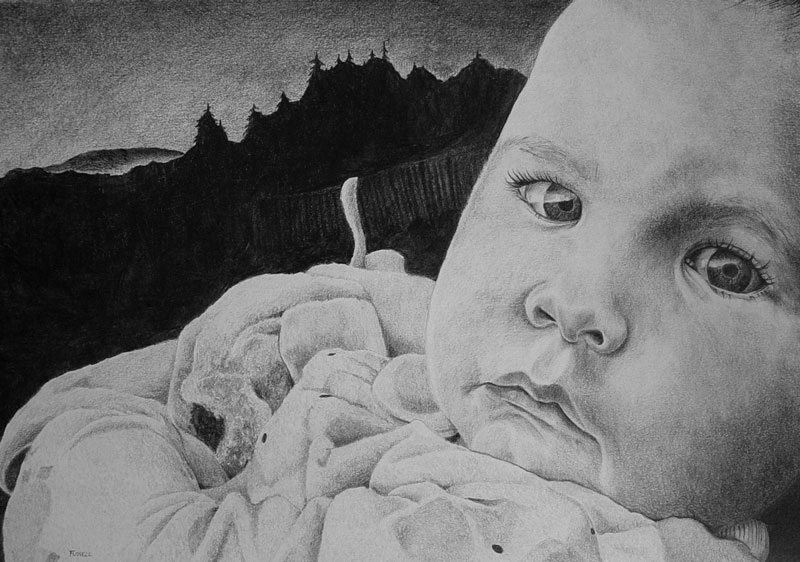
Because of its rigidity, a variety on media can be used on illustration board including graphite, ink, watercolor, acrylics, charcoal, and colored pencils. Because it can accept such a wide variety of media, it is a suitable surface for mixed media applications.
Sandpaper For Drawing
Many paper manufacturers produce light sandpapers for drawing/painting. These papers allow for heavy applications of media while maintaining the tooth of the surface. These papers are mostly used for colored media applications such as colored pencils or pastel.
Drawings or paintings that are created on sandpapers usually have an ethereal, “smoky” look as the paper is usually still visible in areas.
Vellum
Vellum is a smooth paper that is created by combining plastic with cotton or wood pulp materials. The material is translucent making it suitable for tracing. This type of vellum paper should not be confused with Bristol paper that has a “vellum” surface.
This surface is suitable for ink drawings and preliminary drawings and it is also widely used for colored pencil drawing. It is quite easy to get a smooth surface with colored pencils working on vellum paper.
Specific Paper Brands and Characteristics
I do think it’s helpful to look at specific brands and their characteristics, so let’s have a look at a few popular surfaces…
Strathmore Drawing 300 Series

This medium-toothed paper is acid free and is priced on the lower end of the pricing scale. It is available in large and small pads and is my preferred surface for sketching.
Paper Information…
- Acid Free? Yes.
- Paper Weight: 70 lb.
- Price: $
- Recommended Mediums: All dry drawing media. (Best for sketching although it can be used for finished work as well.)
Stonehenge by Legion
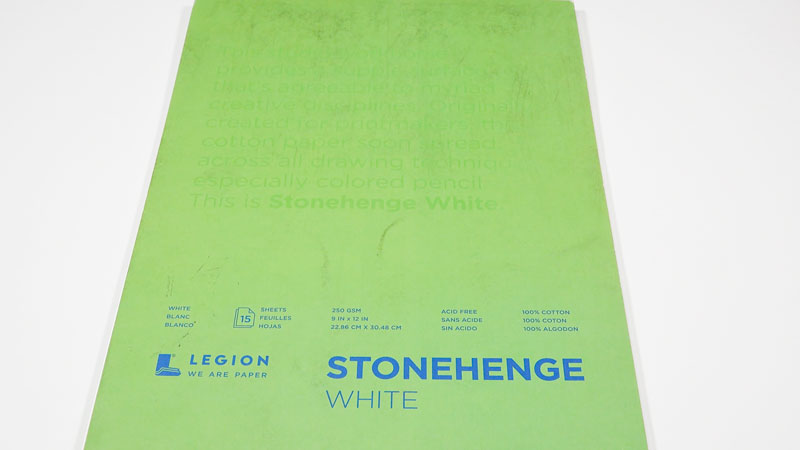
This paper features a slight, medium tooth that is capable of accepting a variety of media. This archival surface is considered a “professional surface” and is best used for finished artworks.
Paper Information…
- Acid Free? Yes.
- Paper Weight: 250 gms
- Price: $$$
- Recommended Mediums: Graphite, colored pencils, charcoal, and pastels.
Strathmore Bristol Paper
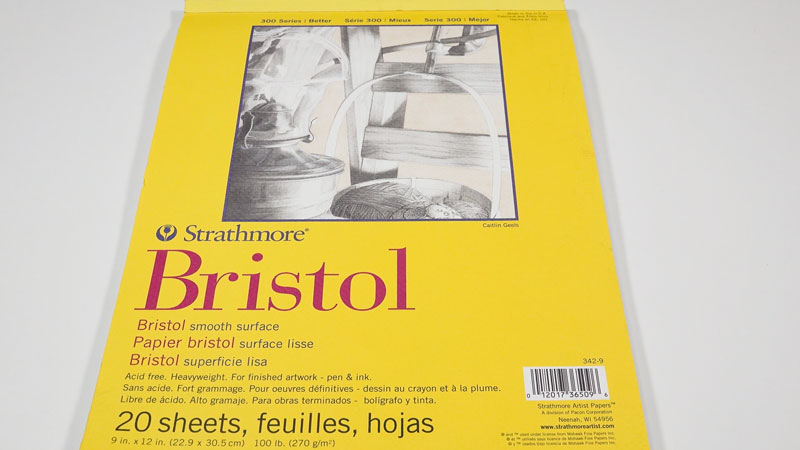
This mid-priced paper is available in two varieties of tooth – vellum and smooth. The vellum surface features a weak tooth that is slightly stronger than the smooth surface which is weaker. Both papers are rigid and similar to card stock.
Paper Information…
- Acid Free? Yes.
- Paper Weight: 100 lb.
- Price: $$
- Recommended Mediums: Pen and ink, graphite, colored pencils, and markers.
Canson Mi-Teintes Pastel Paper
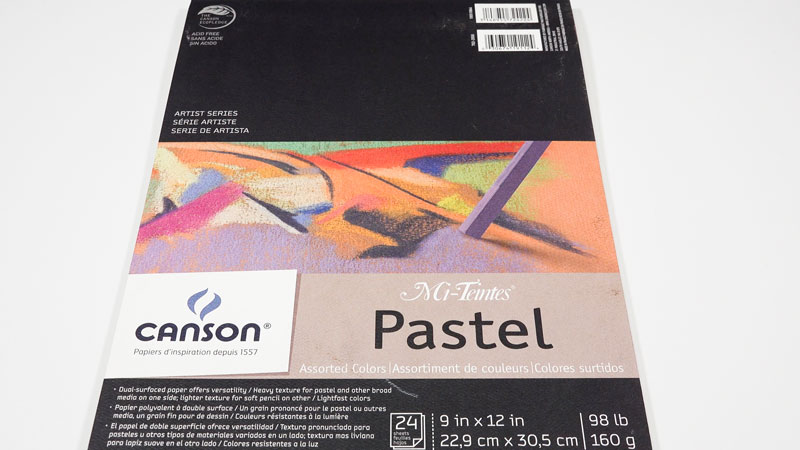
This mid-priced paper features two distinct surfaces. The front side of the paper features a heavy tooth, while the back features a slightly weaker one. Both sides of the paper can be used for finished artworks.
Paper Information…
- Acid Free? Yes.
- Paper Weight: 98 lb.
- Price: $$
- Recommended Mediums: Pastels, colored pencils, and charcoal.
PastelMat Paper by Claire Fontaine
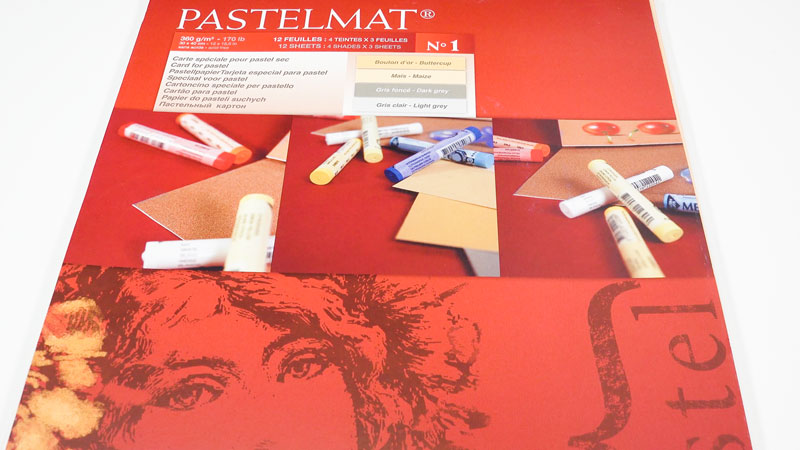
This paper is relatively new on the “art scene”. This higher-priced paper is a professional surface that features a reinforced backing. Each sheet also conveniently includes a waxy cover sheet to protect your work.
Paper Information…
- Acid Free? Yes.
- Paper Weight: 170 lb.
- Price: $$$
- Recommended Mediums: Pastels, colored pencils, graphite, and charcoal.
Marker Paper
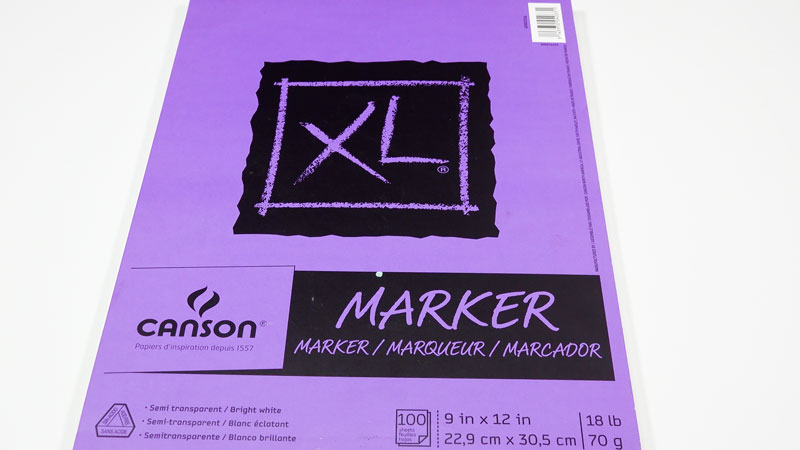
This thin paper (18 lb.) is semi-translucent and features a very weak tooth. This paper is designed to reduce bleeding that often occurs when a wet drawing medium, such as markers or ink, are applied.
Paper Information…
- Acid Free? Yes.
- Paper Weight: 18 lb.
- Price: $
- Recommended Mediums: Markers, pen and ink, and colored pencils.
Recycled Papers (Artagain Paper by Strathmore)
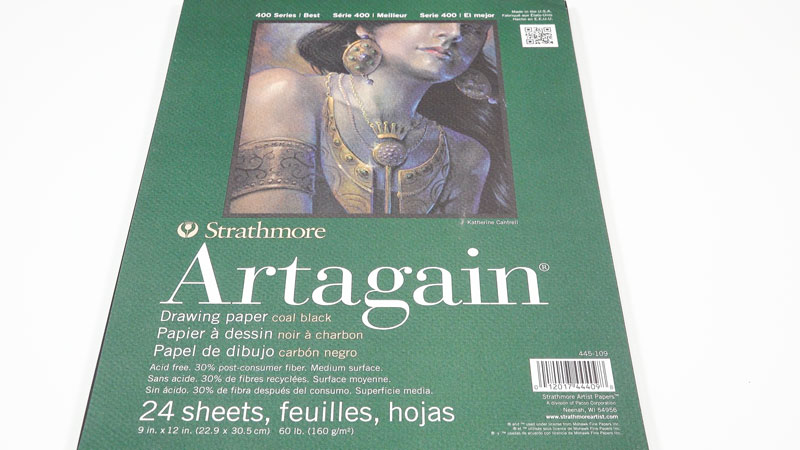
Recycled papers can be used for finished artworks, but not all of them are acid free. If you’re creating a drawing that you want to last a while, be sure that the recycled paper you choose is labeled “acid free”. These papers are available in a variety of tones. Black paper is featured in the video above, but gray papers are also available.
Paper Information…
- Acid Free? Yes.
- Paper Weight: 60 lb.
- Price: $$
- Recommended Mediums: Graphite (gray-toned paper), white charcoal (gray and black-toned papers), colored pencils, gel pens/colored ink, and oil pastels.
Cold Press Watercolor Paper
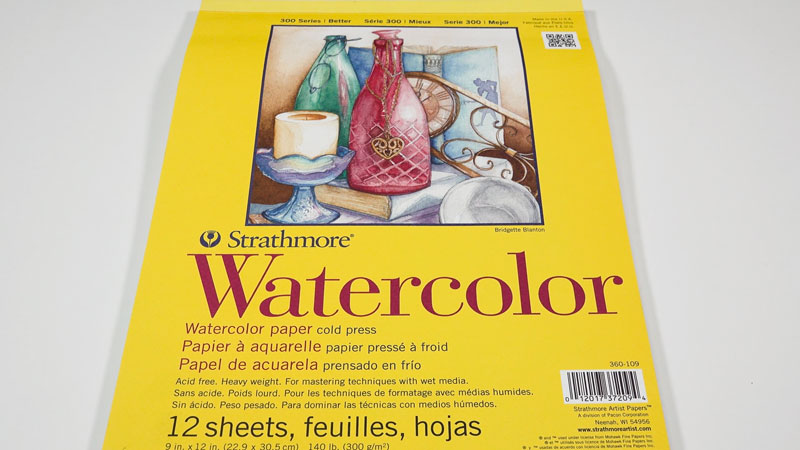
Despite the name, watercolor papers can be used for a variety of drawing media. Cold press papers feature a heavy tooth making them suitable for artists looking to exploit the surface texture.
Paper Information…
- Acid Free? Yes.
- Paper Weight: 90 lb., 140 lb., 300 lb.
- Price: $ – $$$
- Recommended Mediums: Watercolor pencils, Inktense pencils, colored graphite, charcoal, pastels, ink, and water-based painting mediums.
Hot Press Watercolor Paper
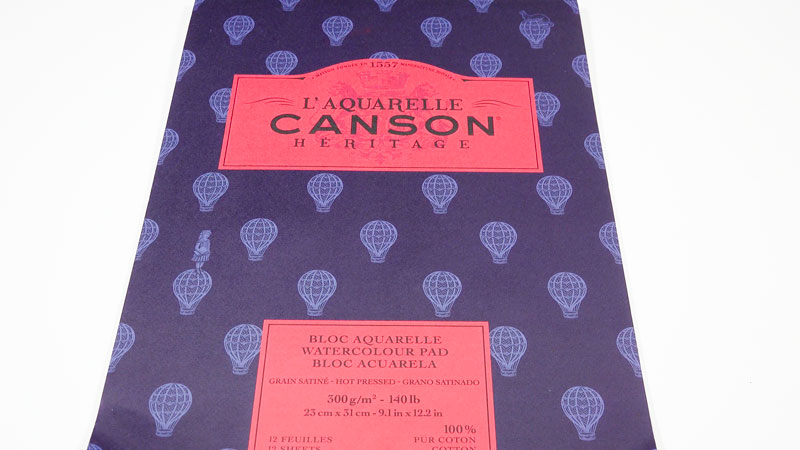
Hot press watercolor papers feature a much weaker tooth compared to cold pressed papers. This makes them more suited for drawings created by combining watercolor and pen and ink – especially when the pen and ink applications dominate.
Paper Information…
- Acid Free? Yes.
- Paper Weight: 90 lb., 140 lb., 300 lb.
- Price: $ – $$$
- Recommended Mediums: Watercolor pencils, Inktense pencils, colored graphite, pen and ink, and water-based painting mediums.
Paper Suggestions
There are far too many paper manufacturers and types to examine each brand, but having a bit of knowledge about paper in general should help you in choosing what’s best for your application.
Some people will tell you that you need to use a specific type or brand for a specific medium or technique. You won’t hear this from me. Your choice of paper is as unique as the mark that you make. Only through experimentation will you find what works best for your artistic voice.
If so, join over 36,000 others that receive our newsletter with new drawing and painting lessons. Plus, check out three of our course videos and ebooks for free.
Lesson Discussion
Comments are closed.


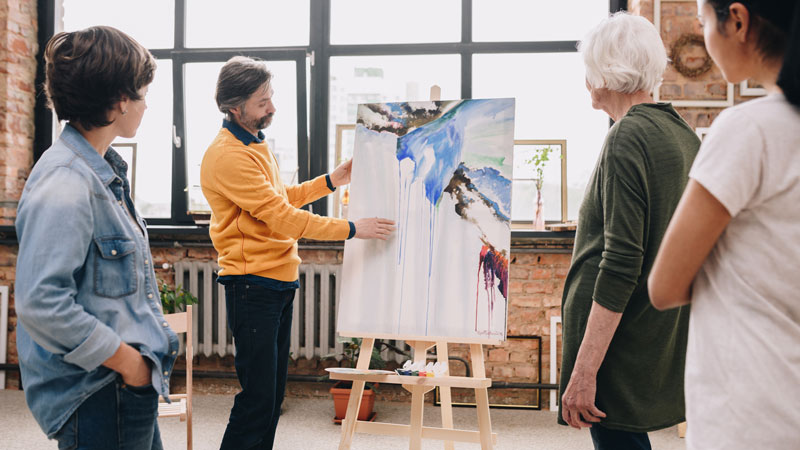


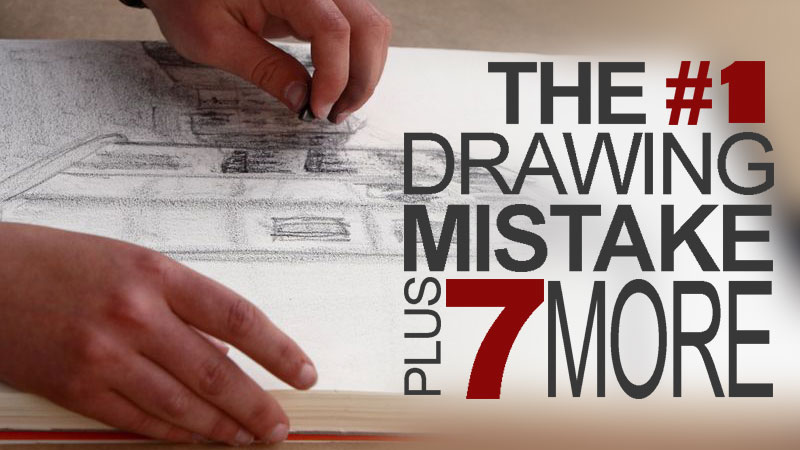
Do you have a course on boats, waves, and clouds that are realistic. Waves seem difficult for me.